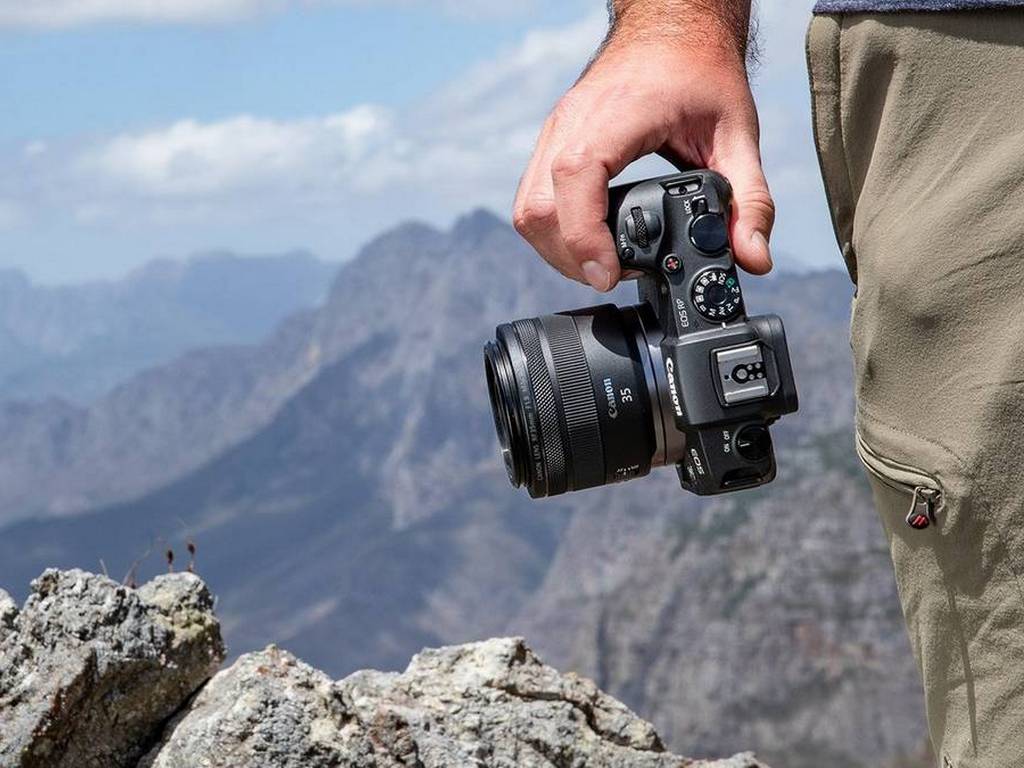

This move came after Sony, the second-largest camera maker, quietly bid farewell to its DSLR lenses, and after Canon, the world’s top camera producer, announced that it wouldn’t be developing high-end DSLRs anymore and discontinued a sizable chunk of its DSLR lenses without much fanfare. The summer of 2022 saw Nikon, the world’s third-largest camera manufacturer, make a public shift away from DSLRs and toward mirrorless cameras, which use an electronic screen fed by the camera’s sensor instead of a DSLR’s mirror gimmick to give you a preview of your photo. If you want proof that the technology platform of the DSLR-a digital camera that uses mirrors to bounce light around so that you end up seeing through the lens when you look into the optical viewfinder to frame your picture-has reached its endpoint, consider what camera makers are doing. And don’t throw away your DSLR lenses, either as we’ll explain, you can use them with mirrorless cameras, too. Of course, if your DSLR still works, just keep using it until you need a new camera-the world has enough electronic waste. That’s because digital single-lens reflex cameras are going away, and at the same time, the newest and most innovative features are appearing in mirrorless models. If you’re shopping for a new camera today, you should buy a mirrorless camera instead. Right now, almost all of the best Canon RF lenses are designed for its full frame cameras.It’s official: At this point in time, buying a new DSLR doesn’t make sense. That doesn't mean it's going to do it again with its EOS RF-S cameras. In the old days, Canon EF-S lenses formed a complete and parallel APS-C DSLR lens system alongside its full frame EF lens range.
ALL FULL FRAME CANON CAMERAS NOTDLSR UPGRADE
So it could be that Canon's messaging is based on the current lens line-up – but it could also be that the company is using angle of view to its full frame upgrade pitch. Any given focal length gives a 1.6x wider angle of view." "See how a 15mm lens looks on the full-frame EOS R8, compared with an EOS camera with a smaller APS-C sensor. "Transform the way you see the landscape, and get up close for immersive documentary images." So what if its APS-C EOS R cameras are intended to get users into the Canon system, not as systems in themselves?Ĭanon makes four perfectly good APS-C RF-S format mirrorless cameras, but if you want a wide range of lenses, you've got to go full frame. There's no clear indication from Canon, though, that it has any such plans. These include a neat little Canon EF-M 11-22mm f/4-5.6 IS STM which would be a great addition to the RF-S lens line-up, offering a handy 17.5-35mm equivalent zoom range – and there are plenty of other EOS M lenses which would be great to have in RF-S mount. There seems no technical reason why it couldn't. It's possible that Canon will steadily convert its best EF-M lenses over to the RF-S format. Worse, there's no definite indication these are coming. Right now, there are only three dedicated RF-S lenses for these smaller format cameras, and they don't include any ultra-wide optics. Canon is comparing the EOS R8 and other full-frame models with its smaller APS-C EOS R7, R10, R50 and R100 cameras. Now this makes sense with the current lens line-up. The thing that caught my eye is ".wider angles of view." Better bokeh, wider angles of view and image quality that will blow you away – even in low light." was the strapline. "Give your creativity a full-frame upgrade. "MAKE THE LEAP TO FULL FRAME" was the heading. And then something in the EOS R8 blurb on the website caught my eye.

It's also backed up by a good range of lenses, many of which are very affordable. Straight off the bat, I think this is one of the best Canon cameras to buy right now. I bought a Canon EOS R8 and I'm very impressed.


 0 kommentar(er)
0 kommentar(er)
